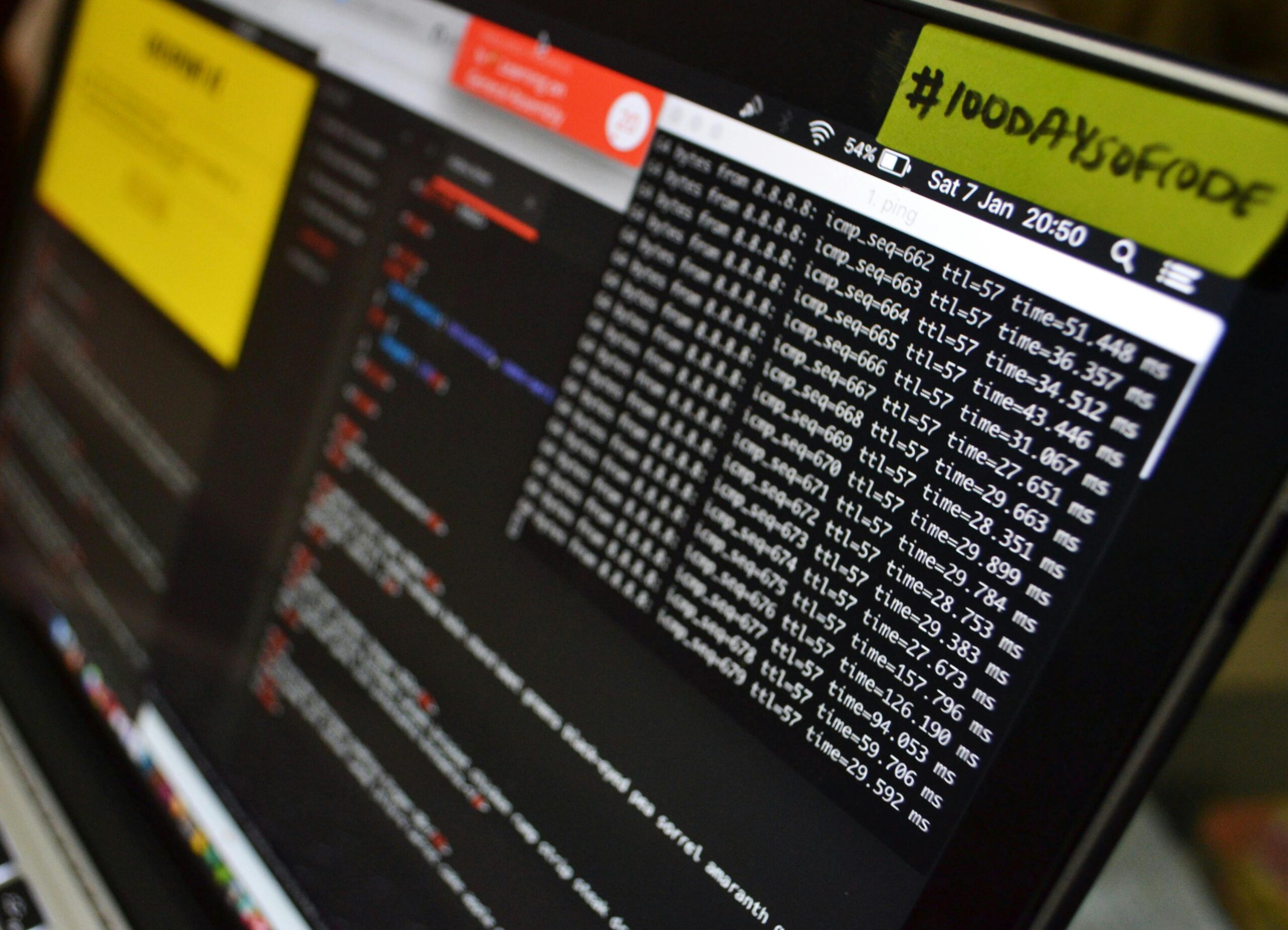Global audiences demand content in their native language.
Businesses face mounting pressure to deliver high-quality materials across diverse markets fast. But manual content creation and translation processes can’t keep up. Translation costs soar, cultural missteps damage reputations, and teams risk falling behind. The strain limits international growth.
This is where multilingual Artificial Intelligence (AI) enters the picture. A freemium undetectable AI tool offers a powerful solution to accelerate content creation across languages. But while speed matters, raw AI output often lacks nuance. Ensuring quality means balancing automation with human insight.
The rise of undetectable AI, technology designed to mimic human tone and context, allows businesses to scale without sounding robotic. With the right tools and oversight, AI undetectable content can resonate authentically in global markets.
The Challenge Of Global Content Production
Operational and strategic challenges confront businesses generating content for a global audience. Quality and relevance may be compromised when writing in various languages. Traditional methods like manual translation can slow production and limit reach. The most common limitations include:
- Cultural nuance failure: Manual processes may miss subtle local contexts, idioms, and sensitivities. Direct translations can sound unnatural and offensive, hurting brand trust and local relevance.
- Severe time constraints: Human translation is inherently slow. Creating or adapting content for multiple markets causes critical delays. It slows market penetration and campaign launches.
- Impossible scalability: Replicating high-quality content across dozens of languages demands enormous resources, experienced linguists, and complex coordination. Maintaining consistent brand narratives and accuracy becomes unmanageable at volume.
AI addresses these issues. The right tool provides a way to produce content that remains relevant regardless of the country. But AI has its downsides, such as sounding robotic and bland. Businesses can transform AI-written content with the help of programs that humanize texts to make them more natural and engaging.
How Multilingual AI Enables Quality And Scale
Scaling content across languages requires more than translation tools. Systems that generate volume, maintain accuracy, and preserve brand voice win. They overcome speed, cost, and consistency barriers.
Speed and volume
AI generates initial drafts and translates content exponentially faster compared to manual processes. It handles massive volumes across multiple languages simultaneously. This acceleration enables rapid market entry and frequent content updates globally. Campaigns launch faster. Keeping pace with dynamic local conversations becomes achievable. Bottlenecks are eliminated.
Consistency
Maintaining uniform terminology and brand style across languages is crucial. AI tools apply predefined glossaries and style rules at scale. It builds coherent brand experiences in global markets. Human teams set the core parameters. The technology then enforces consistency to align different materials. It avoids fragmented messaging in various markets.
Cost efficiency
Automating translation and drafting tasks reduces heavy reliance on large and specialized linguist teams. Resources shift towards strategic refinement and cultural adaptation. Significant cost savings materialize. Businesses can have financial resources that they can allocate to more important functions.
Balancing Speed And Accuracy Using Quality Control
Speed is critical when scaling content production. Fast-moving campaigns, intense competition, and multi-region product launches demand solutions that can address time constraints. But prioritizing speed often comes with a drawback: compromising accuracy and overall quality. That’s where quality control assumes an important role.
AI-powered tools perform initial checks. They scan grammatical errors, adherence to basic style guides, and terminology consistency. Some can also flag plagiarism. Fundamental issues are identified early.
But automation has limits. Yes, AI can create content in a flash. However, quality may suffer. This is when human editors become an important component. They provide cultural and linguistic reviews. They evaluate context, appropriateness, sensitivity, and alignment. Content resonates more authentically as a result. Human judgment remains irreplaceable.
Addressing The Challenges
Implementing multilingual AI with rigorous quality control presents distinct operational hurdles. Success requires acknowledging and managing these complexities. Persistent challenges confront businesses, which require proactive solutions.
Limited language coverage
Many AI models perform well in English but struggle in other languages. It creates uneven and low-quality content across languages. Major markets receive polished outputs. In contrast, smaller markets may end up with inferior outputs. One solution is to look for a highly capable tool that supports many languages.
Evolving language dynamics
Languages transform constantly through new slang, tech terms, and cultural shifts. Static AI models rapidly become outdated. Continuous training with fresh localized data is essential. Teams need processes to identify linguistic drifts. Agile model retraining cycles maintain relevance.
Maintaining cultural precision
Capturing deep local nuances across dozens of markets tests systems. Dialect variations, evolving slang, and regional differences complicate content. Automated tools miss context-dependent meanings. Native specialists must continuously update guidelines. Vigilant monitoring prevents mistakes that alienate audiences.
Lack of brand alignment
AI tools generate grammatically correct texts. However, they may sound generic and lack personality. As such, it may not end up aligned with how you want to present your brand. This will drift away from the identity you’re trying to build. Precise prompts and training AI models may help address the problem.
Essential considerations
Successfully scaling global content with AI demands strategic foresight beyond technical implementation. Sustaining quality and performance depends on how the organization maximizes the potential of AI tools.
Set clear editorial standards
Define tone and voice that align with your brand identity. Clarify formatting guidelines. List down preferred terminology. Consult the brand book, if you have one. These guidelines help ensure AI outputs are consistent with your brand voice.
Define human and AI roles
Delineate responsibilities upfront. AI excels at speed and volume execution. Human expertise owns cultural nuance, brand judgment, and creative refinement. Define what AI tools must do and what human editors should handle. One is not a replacement for the other. They should work together.
Ethical Deployment
Address potential bias in training and output. Establish clear transparency guidelines on AI use. Follow legal standards and ensure compliance. Data security is paramount. Note regional privacy regulations. The failure to follow such can have significant consequences.
Conclusion
Scaling content production globally requires more than volume. It needs accuracy and relevance. Quality is non-negotiable. Multilingual AI fuels speed and reach. But success requires meticulous quality control. This is possible by using the right AI tool and complementing such with human oversight. An integrated approach builds sustainable global engagement.




